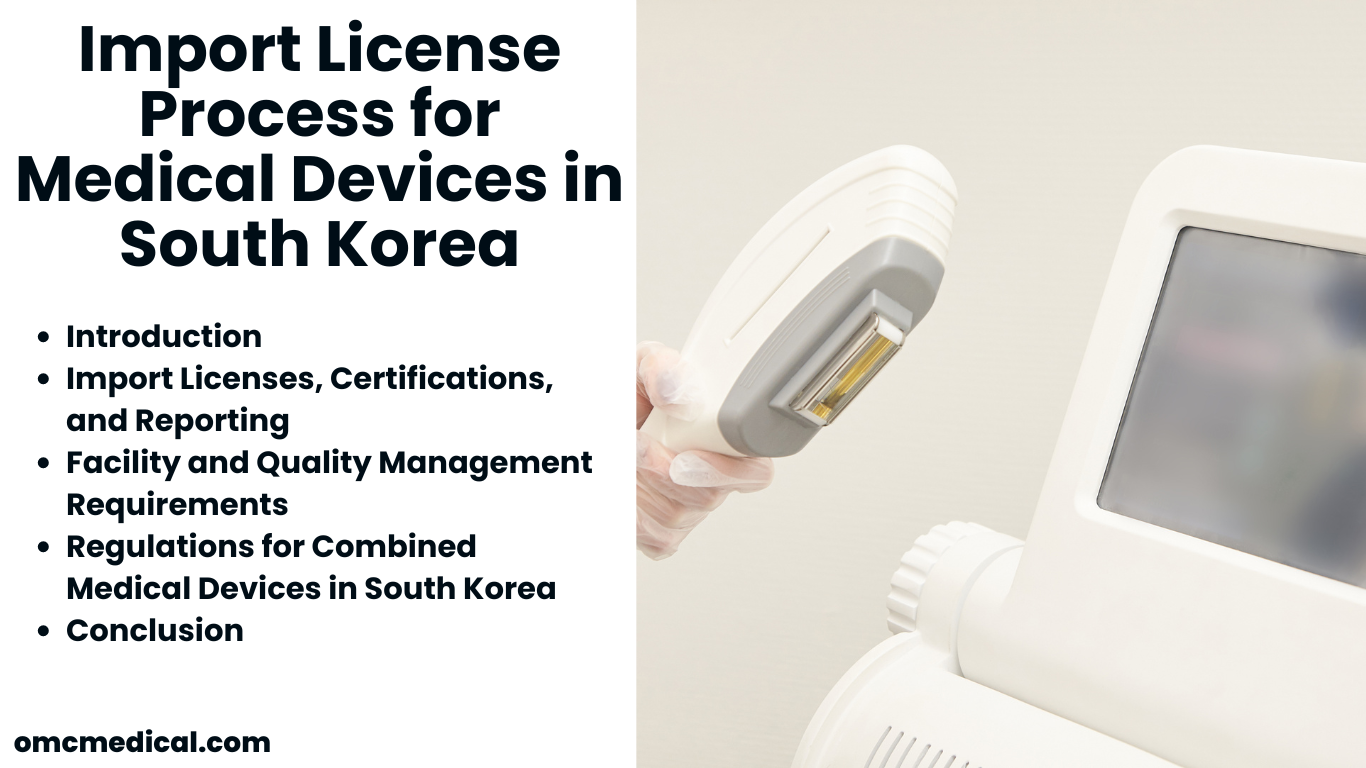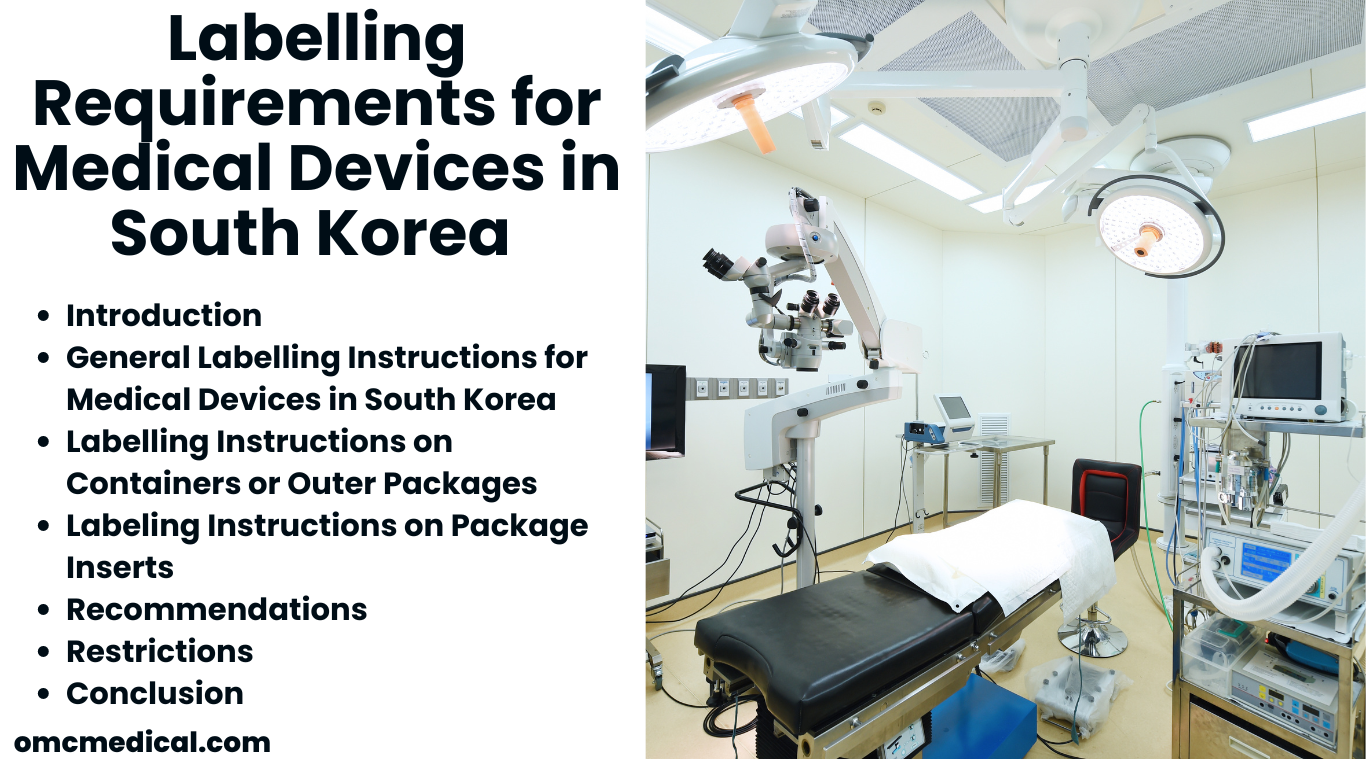“Corrective action” is the immediate address of an issue, whereas
“Preventive action” is addressed to reduce or stop the recurrence of the same error from happening again.
What is a CAPA?
Corrective And Preventive Action consists of a system of procedures to help improvise the non-conformances, undesirable outcomes and even field safety corrective actions of an organisation. Corrective And Preventive Action must include the following steps:
- Root-cause analysis
- Identify the immediate corrections to be taken
- Implementation of corrective actions
- Implementation of preventive action
- Appropriate methods to evaluate the effectiveness
- Adequate documentation
CAPA is a time-bound activity.
Corrective And Preventive Action requirements for US FDA
In the US, the Title 21 CFR part 800-898 governs medical devices. The regulations contain Corrective And Preventive Action reports that must meet specific FDA standards.
All Corrective And Preventive Action reports must be stored in a centralised database. This ensures that all quality staff are aware of the problem and can take appropriate action.
A designated individual inside the organisation must also examine and approve Corrective And Preventive Action reports. Furthermore, all Corrective And Preventive Action reports must be available to the FDA upon request.
This article discusses the Corrective And Preventive Action requirements in the US for one of the essential topics, Medical Device Reporting.
Medical device reporting is any serious event caused by the medical device that results in serious injury or even death of a patient. To get a detailed insight on the topic, read our Field Safety Corrective Action (FSCA) – US FDA article.
The decision flowchart on medical device reporting is given below, along with the appropriate Corrective And Preventive Action requirements. Image Source: https://www.fda.gov/capa-medical-device-tracking

Corrective And Preventive Action requirements for Europe
In Europe, ISO standards are widely accepted. ISO 13485, an ISO standard that concerns medical devices, also sets forth the requirements of Corrective And Preventive Action in QMS for every manufacturer. Below is an overview of the various titles under ISO 13485 relevant to Corrective And Preventive Action.
The most crucial section in ISO 13485 is Clause 8, which contains guidance on monitoring and measurement of the effectiveness of the QMS in place.
The flowchart below summarises the processes in Corrective and Preventive Action.

ISO 13485:2016 Clause 8.5.2 & 8.5.3 requires documented evidence as stated below for a CAPA:
- Reviewing non-conformities
- Determining the cause of non-conformities
- Evaluate the need for action to ensure non-conformities do not re-occur
- Plan and document the actions and implement the actions appropriately
- Verify the action taken does not adversely affect the ability to meet the applicable regulatory requirements or safety and performance
- Analyse the effectiveness of the corrective and preventive actions taken
- Preventive actions to be proportionate to the effects of potential problems
- Evaluating the need for action to prevent the occurrence of non-conformities
FAQs
Why is CAPA necessary?
CAPA must address the issues that a medical device manufacturer may encounter. Issues like non-conformance (NC), customer complaints and any internal errors. It provides a structured process for analysing the causes of these issues and taking a step-by-step corrective action.
What is a CAPA report?
CAPA report is initiated because of non-conformances (NC), client complaints or any recurrent errors. In the case of NCs, the CAPA report addresses major and minor NCs and Opportunities for Improvement (OFIs). The CAPA report owner is the person responsible for the creation of the CAPA plan. In turn, the CAPA owner is also responsible for implementing the corrective actions within the prescribed deadlines mentioned in the report. Internal or external auditors review CAPA, which tracks effectiveness checks.
How does CAPA integrate with Quality Management?
A CAPA is followed to address critical issues raised from various defects in the process, such as
Process failures
Non-conformances
Customer complaints
R&D observations
Field adverse event reports
Product failures, etc.,
A CAPA impacts Management Review decisions, Design controls, Change management, Supplier management, Field issue resolutions, Regulatory compliance impact and others.
Disclaimer: Regulations/legislations are subjected to changes from time to time and the author claims no responsibility for the accuracy of information.











